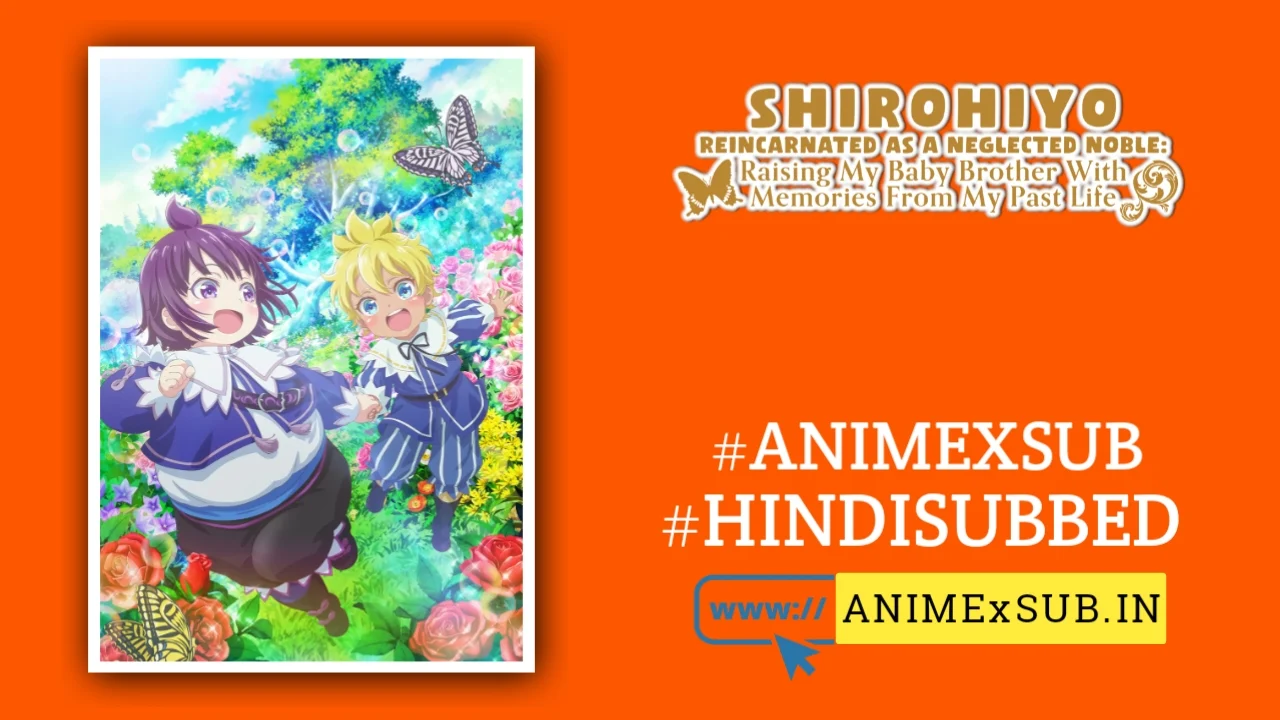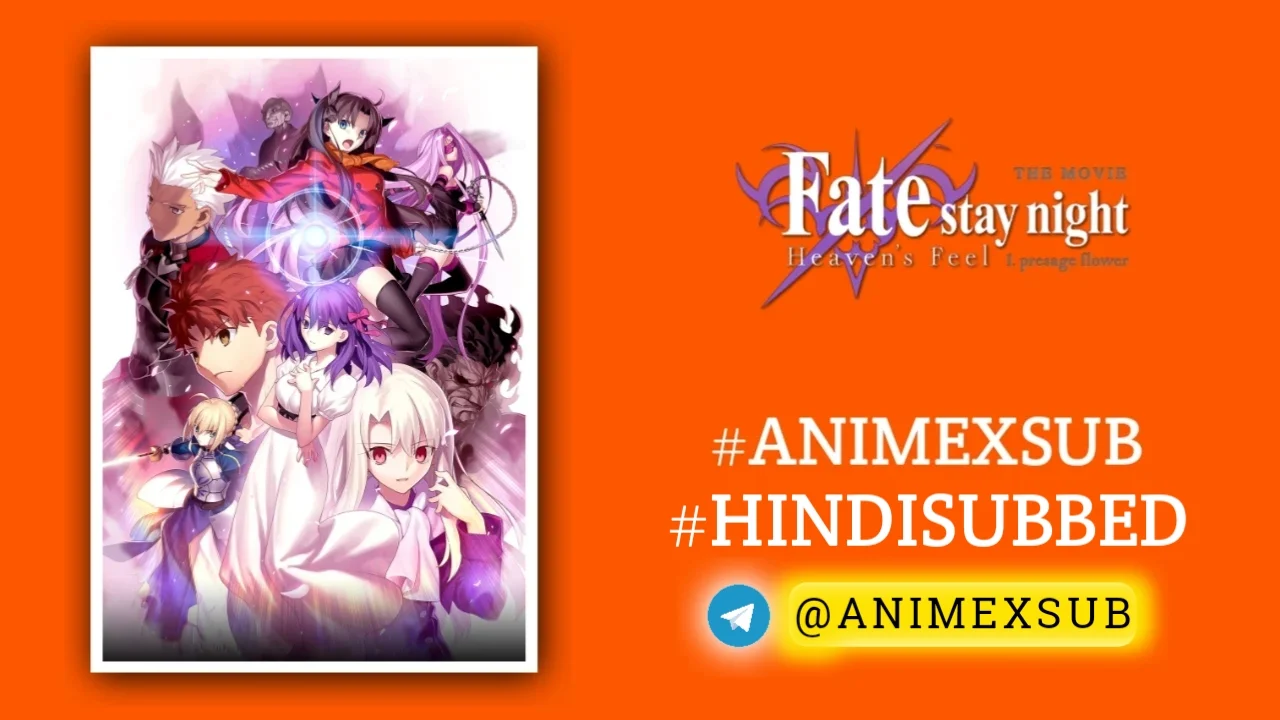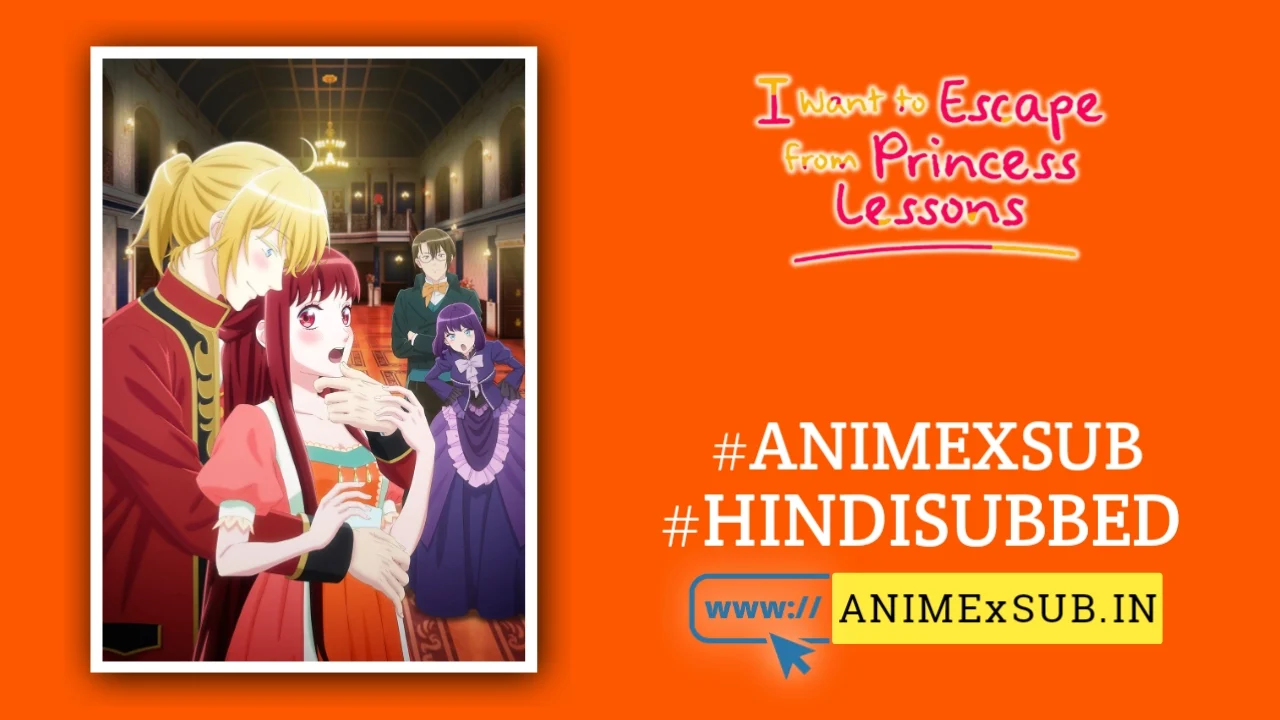
Shirohiyo – Reincarnated as a Neglected Noble Hindi Subbed [12/12] {Complete}

Shirobuta Kizoku desu ga Zense no Kioku ga Haeta node Hiyoko na Otouto Sodatemasu
SHIROHIYO - Reincarnated as a Neglected Noble: Raising My Baby Brother With Memories From My Past LifeSynopsis
Ageha Kikunoi was a spoiled 5-year-old before he suddenly recalled memories from a past life. Then, he loved to cook, sew, and sing above all else. In this world, Ageha and his younger brother, Regulus, try to navigate the Kikunoi house as corruption among the aristocracy deepens. They’ll need skills from Ageha’s past life, blessings of gods and elves, and magic spells to help them on their way! (Source: Crunchyroll)
Watch Trailer
Characters
Shirohiyo – Reincarnated as a Neglected Noble: Raising My Baby Brother With Memories From My Past Life (Season 1) – A Refreshingly Heartfelt Isekai
Shirohiyo: Reincarnated as a Neglected Noble (Season 1, Spring 2025) carves a unique niche in the crowded isekai genre by blending emotional depth, subtle world-building, and a focus on familial bonds over power fantasies. Adapted from Yashiro’s light novel, this 12-episode series, animated by Studio Comet, follows Ageha Kikunoi, a five-year-old noble who regains memories of his past life in Japan after a fever. Unlike typical isekai protagonists, Ageha isn’t chasing dominance or magical supremacy. Instead, he leverages his past-life skills—cooking, sewing, and crafting—to nurture his three-year-old half-brother, Regulus, in a corrupt and neglectful aristocratic household. Here’s why Shirohiyo Season 1 stands out as a thoughtful, character-driven story that sidesteps genre clichés while delivering something genuinely moving.
A Grounded Protagonist in a Familiar Yet Fresh World
Ageha, voiced by Misaki Kuno, is a pudgy, unassuming child who defies the overpowered isekai trope. His past-life memories don’t grant him instant combat prowess or godlike abilities but rather practical skills like making chawanmushi or origami cranes. This focus on domestic talents grounds the series in a way that feels relatable, even in a fantasy setting where Western and Asian cultural elements intertwine in the Kiryuu Empire. The show’s world-building is understated yet effective, depicting a society rife with political corruption and class divides without overwhelming the viewer with exposition. Ageha’s awareness of his parents’ neglect—his father’s indifference and his mother’s malice—adds a layer of emotional complexity, making his decision to protect Regulus feel like a quiet rebellion against a toxic system.
The narrative avoids the genre’s usual reliance on status screens or flashy battles. Instead, it emphasizes Ageha’s emotional intelligence and resourcefulness. For example, when he negotiates with his elven tutor, Alexsei Romanov, to keep Regulus under his care, it’s a triumph of wit and empathy, not strength. This approach makes Shirohiyo feel like a fairy tale with modern sensibilities, where small acts of kindness ripple outward. The series draws parallels to Ascendance of a Bookworm in its focus on improving lives through knowledge, but it distinguishes itself with its sibling-centric heart.
Emotional Core: The Sibling Bond
The relationship between Ageha and Regulus (voiced by Mariya Ise) is the series’ beating heart. Regulus’s adorable “Nii-ni” calls and wide-eyed trust in his older brother create moments of genuine warmth that resonate deeply. Viewer comments on platforms like ABEMA highlight scenes like these as standout moments, with Regulus’s affection earning the most fan reactions in Episodes 1 and 2. Ageha’s doting nature—crafting toys, cooking meals, and shielding Regulus from their mother’s cruel servant—feels authentic, reflecting his past-life social nature and desire for connection after a lonely childhood. This dynamic sidesteps the genre’s tendency toward romantic or harem subplots, focusing instead on platonic, familial love that’s rarely explored in isekai.
The show doesn’t shy away from darker undertones, such as the threat of Regulus being targeted (e.g., a servant’s attempt to push him down stairs) or the prophecy that Regulus might kill Ageha in the future. These elements add tension without overshadowing the series’ cozy, slice-of-life vibe. The balance is delicate but well-executed, making the stakes feel personal rather than world-ending.
Unique Elements That Elevate the Story
Shirohiyo introduces several innovative touches. Ageha’s skills manifest as “Green Hand” (a knack for plants) and “Blue Hand” (crafting proficiency), earned through pleasing the goddess Hyakka, not through random power-ups. This fairy-tale-like system feels organic and ties into the story’s themes of effort and creativity. His contributions—introducing letterpress, picture books, and musical theater—aren’t about personal gain but about enriching his community, from his brother to the estate’s maids. These additions, inspired by his Japanese past, feel purposeful, avoiding the trope of isekai characters exploiting modern knowledge for profit.
The supporting cast, including the stern maid Adelheid Rottenmeier and the eccentric gods Hyakka and Igor, adds depth. Adelheid’s loyalty to the Kikunoi household, despite its dysfunction, and the gods’ quirky involvement (e.g., inspiring a musical) bring humor and variety without derailing the main plot. The voice acting, particularly Kuno’s nuanced portrayal of Ageha’s maturity and vulnerability, enhances the emotional weight of key scenes.
Visuals and Sound: Charming Yet Imperfect
Studio Comet’s animation is a mixed bag. Characters like Hyakka are beautifully designed, with flowing lines and vibrant colors, but Ageha’s rotund appearance sometimes looks awkward, almost like a caricature. Animation shortcuts are noticeable, especially in quieter scenes, but the expressive character designs and warm color palette maintain a cozy aesthetic. The soundtrack, with Wanuka’s opening “Kuchinaoshi” and Ms.OOJA’s ending “Mada Shiranai Story,” complements the series’ emotional tone, blending modern and fantastical elements seamlessly.
Flaws and Missed Opportunities
While Shirohiyo shines in its character work, it’s not flawless. The pacing can feel slow, especially in episodes focused on daily life, which may not satisfy viewers craving action. The world-building, while effective, leaves questions about the broader Kiryuu Empire unanswered, and the inconclusive ending hints at a second season without fully resolving key tensions, such as the prophecy about Regulus. Some character designs and animation inconsistencies also detract from the experience, particularly in high-movement scenes.
Why It Stands Out
Shirohiyo Season 1 succeeds by embracing vulnerability over bravado. Ageha’s journey isn’t about becoming a hero but about creating a safe space for his brother and community. Its focus on sibling bonds, practical skills, and subtle societal critique sets it apart from isekai’s usual power fantasies. Fans on AniList compare it favorably to Ascendance of a Bookworm for its emphasis on knowledge-driven change, though it’s less ambitious in scope. With a 6.76 rating on MyAnimeList and growing buzz, it’s a sleeper hit that rewards patience.
Verdict: Shirohiyo Season 1 is a heartwarming, introspective take on isekai that prioritizes emotional connections and small-scale innovation over grandiose battles. It’s not perfect, but its unique focus on family, grounded protagonist, and creative use of past-life skills make it a standout. If you’re tired of overpowered heroes and want a story that feels like a warm hug, this series is worth your time. Here’s hoping a second season builds on its promise.
Support Our Anime Community!
Love watching the latest anime? Help us keep uploading new episodes by join telegram channel ❤️
Join Now!













